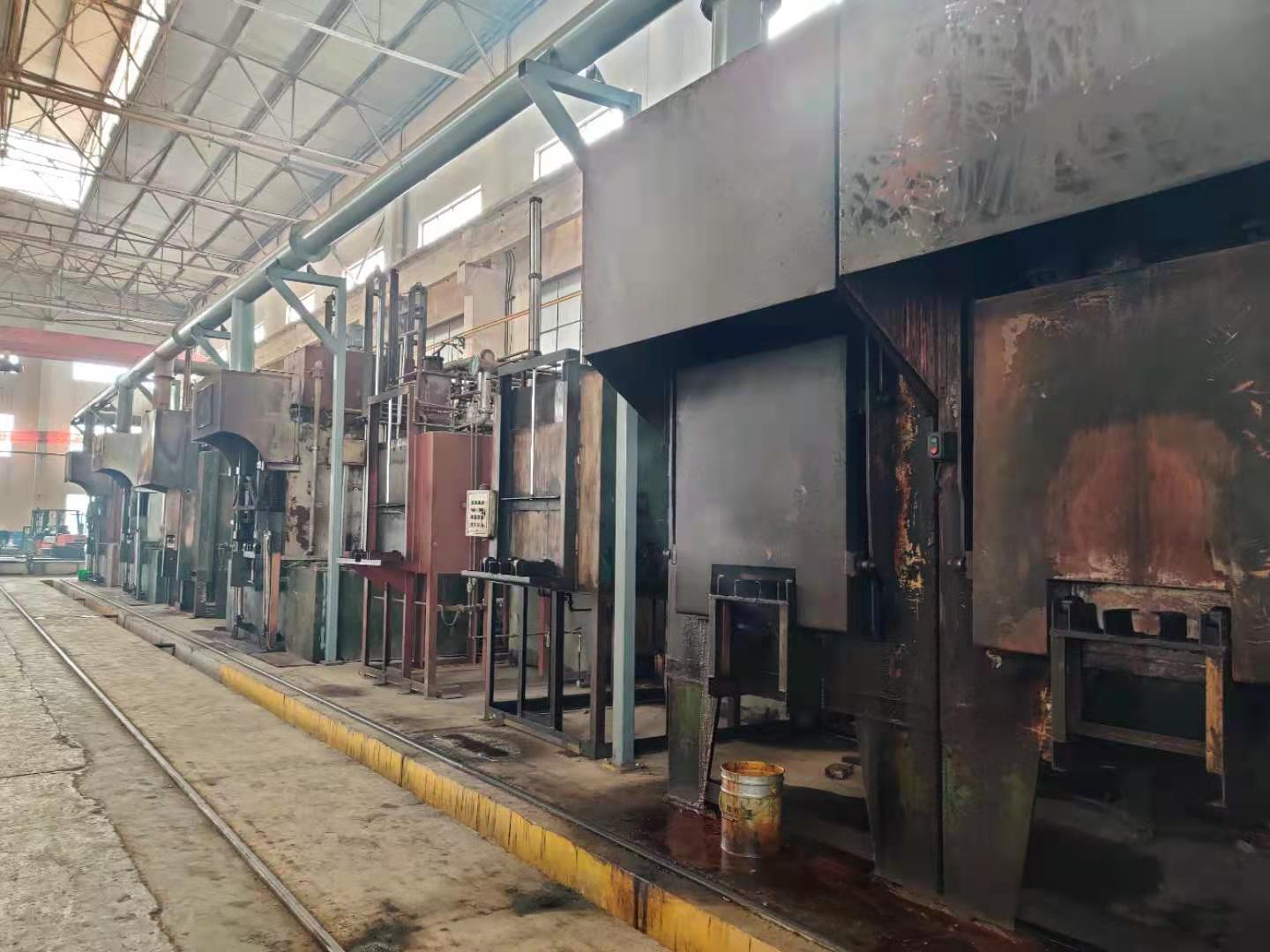The carbon content of carburized steel is generally very low (between 0.15% and 0.25%), which belongs to low carbon steel. Such carbon content ensures that the core of carburized parts has good toughness and plasticity.
In order to improve the strength of the core of the steel, a certain amount of alloying elements can be added to the steel, such as Cr, Ni, Mn, Mo, W, Ti, B, etc.
Among them, the main function of alloying elements such as Cr, Mn, Ni is to increase the hardenability of steel, so that the surface layer and core structure can be strengthened after quenching and low temperature tempering.
In addition, a small amount of carbide-forming elements such as Mo, W, and Ti can form stable alloy carbides, which can refine the grains and inhibit the overheating of steel parts during carburizing.
A small amount of B (0.001% to 0.004%) can strongly increase the hardenability of alloy carburizing steel.
Classification of carburizing steel
Alloy carburizing steels are divided into three categories according to their hardenability or strength grade.
1) Low hardenability alloy carburizing steel
That is, low-strength carburized steel (tensile strength ≤ 800MPa), such as 15Cr, 20Cr, 15Mn2, 20Mn2, etc. This type of steel has low hardenability, and after carburizing, quenching and low-temperature tempering, the core strength is low and the strength and toughness are poorly matched. It is mainly used to manufacture wear-resistant parts with low force and low strength requirements, such as camshafts, piston pins, sliders, pinions, etc. of diesel engines.
When this type of steel is carburized, the core grains are easy to grow, especially manganese steel. If the performance requirements are high, this type of steel often adopts the secondary quenching method after carburizing, that is, it is first normalized after carburizing to eliminate the overheated structure formed during carburizing, and then reheated and quenched.
2) Medium hardenability alloy carburizing steel
That is, medium-strength carburizing steel (tensile strength = 800-1200MPa), such as 20CrMnTi, 12CrNi3A, 20CrMnMo, 20MnVB, etc. The total amount of alloying elements in this type of steel is about 4%. Since the two elements of Cr and Mn are mainly added to the steel, it can more effectively improve the hardenability and mechanical properties (tensile strength = 1000 ~ 1200MPa). It is generally used to manufacture medium and small wear parts with heavy loads and gears with large modulus with medium loads. Such as automobile, tractor gearbox and rear axle gear, gear shaft, cross pin head, spline bushing, valve seat, cam disc, etc.
Because this kind of steel contains Ti, V, Mo, the tendency of austenite grain growth is small during carburizing, so it can be directly quenched by precooling from the carburizing temperature to about 870°C, and the parts have a high temperature after tempering at low temperature. Better mechanical properties.
3) High hardenability alloy carburizing steel
That is, high-strength carburizing steel (tensile strength > 1200MPa), such as 12Cr2Ni4, 18Cr2Ni4WA, etc. This type of steel contains ≤7.5% of the total amount of alloying elements. Because it contains more Cr and Ni elements, it can greatly improve the hardenability of the steel. toughness. This type of steel can be used as important large parts that are subject to heavy loads and strong wear, such as active traction gears for diesel locomotives, diesel engine crankshafts, connecting rods, and cylinder head precision bolts.
Post time: Mar-06-2023











